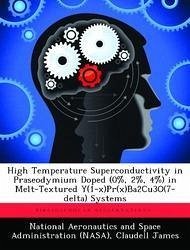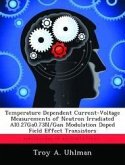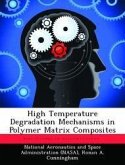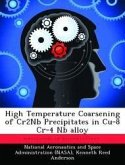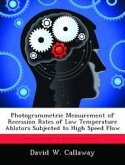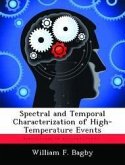A study of the magnetic and structural properties of the alloy Y(1-x)Pr(x)Ba2Cu3O(7-delta) of 0%, 2%, and 4% doping of praseodymium is presented. The resulting oxides of the alloy series are a high-temperature superconductor Y-Ba-Cu-O, which has an orthorhombic superconducting crystal-lattice. Magnetic relaxation studies have been performed on the Y-Pr-Ba-CuO bulk samples for field orientation parallel to the c-axis, using a vibrating sample magnetometer. Relaxation was measured at several temperatures to obtain the irreversible magnetization curves used for the Bean model. Magnetization current densities were derived from the relaxation data. Field and temperature dependence of the logarithmic flux-creep relaxation was measured in critical state. The data indicates that the effective activation energy U(eff) increases with increasing T between 77 K and 86 K. Also, the data shows that U(eff)(T) and superconducting transition temperature, Tc, decreased as the lattice parameters increased with increasing Pr ion concentration, x, for the corresponding Y(1-x)Pr(x)Ba(x)Cu3O(7-delta) oxides. One contribution to Tc decrease in this sampling is suspected to be due to the larger ionic radius of the Pr(3+) ion. The upper critical field (H(sub c2)) was measured in the presence of magnetic field parallel to the c axis. A linear temperature dependence with H(sub c2) was obtained.
Bitte wählen Sie Ihr Anliegen aus.
Rechnungen
Retourenschein anfordern
Bestellstatus
Storno

